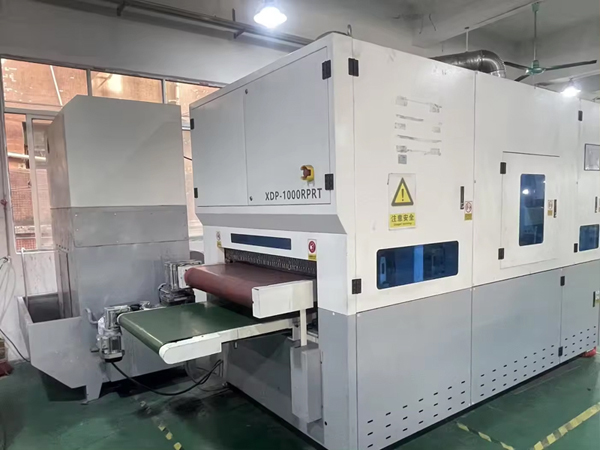Surface treatment on sheet metal parts is essential for enhancing their durability, corrosion resistance, aesthetics, and functionality. The choice of treatment depends on the material, application, and environmental conditions. Here are some common surface treatment methods for sheet metal parts:
China Sheet Metal Fabrication Companies | Sheet Metal Fabrication Companies in China
What is Powder Coating?
A dry finishing process where electrostatically charged powder particles are sprayed onto a metal surface and then cured under heat to form a hard, protective layer.an excellent choice for sheet metal parts requiring durability, corrosion resistance, and aesthetic flexibility.
Key Advantages:✔ Durable & scratch-resistant
✔ Excellent corrosion protection
✔ Wide range of colors & textures
✔ Environmentally friendly (no VOCs, minimal waste)
✔ Uniform coating, even on complex shapes
Design Considerations for Powder Coating
✔ Avoid sharp edges (powder may not adhere well).
✔ Ensure proper grounding for electrostatic adhesion.
✔ Mask critical areas (threads, mating surfaces).
✔ Minimum thickness ~2–4 mils (50–100 µm).
✔ Prevent trapped air in enclosed parts (add vent holes).
Sheet Metal Wire Drawing is a metalworking process used to reduce the cross-section of a wire or rod by pulling it through a series of dies. While "sheet metal" typically refers to flat, thin metal sheets, wire drawing is more associated with cylindrical forms (wires, rods, or tubes). However, the two can intersect in processes like deep drawing, where sheet metal is formed into wires or other shapes.
Key Considerations:In sheet metal forming, deep drawing creates cylindrical shapes (e.g., cans, tubes) from flat sheets. If the drawn part is elongated further, it can resemble wire or rod production.
|
Silkscreen Printing on Sheet Metal Parts is commonly used for labeling, branding, part identification, and functional markings (such as control panels, serial numbers, or safety instructions). This process is durable and suitable for industrial applications. Applications of Silkscreen on Sheet Metal. Control Panels: Buttons, labels, and instructional text.Machinery & Equipment: Warning labels, part numbers, and logos. Automotive & Aerospace: Dashboards, component IDs, and branding. Electronics Enclosures: Port labels, certifications (CE, UL), and model numbers. Decorative Metal Items: Signage, nameplates, and decorative panels. Advantages of Silkscreen on Metal Sheet.✔ Durability – Resistant to abrasion, chemicals, and weathering. ✔ Precision – Fine details (text, logos, barcodes) can be printed clearly. ✔ Cost-Effective – Economical for medium to large production runs. ✔ Versatility – Works on stainless steel, aluminum, brass, etc.Alternatives to Silkscreen for Metal Marking Laser Etching/Engraving – Permanent, no ink, great for precision. Pad Printing – Better for uneven surfaces. Digital Printing (DTG/Direct-to-Metal) – Good for complex graphics. Chemical Etching – Used for high-precision industrial parts.Silkscreen printing on sheet metal is ideal for durable, high-quality markings in industrial, automotive, and electronics applications. Proper surface prep, ink selection, and curing are critical for longevity. China Sheet Metal Fabrication Manufacturing Manufacturers | China Sheet Metal Fabrication Manufacturers | Sheet Metal Manufacturers in China | Custom Sheet Metal Parts |
|



